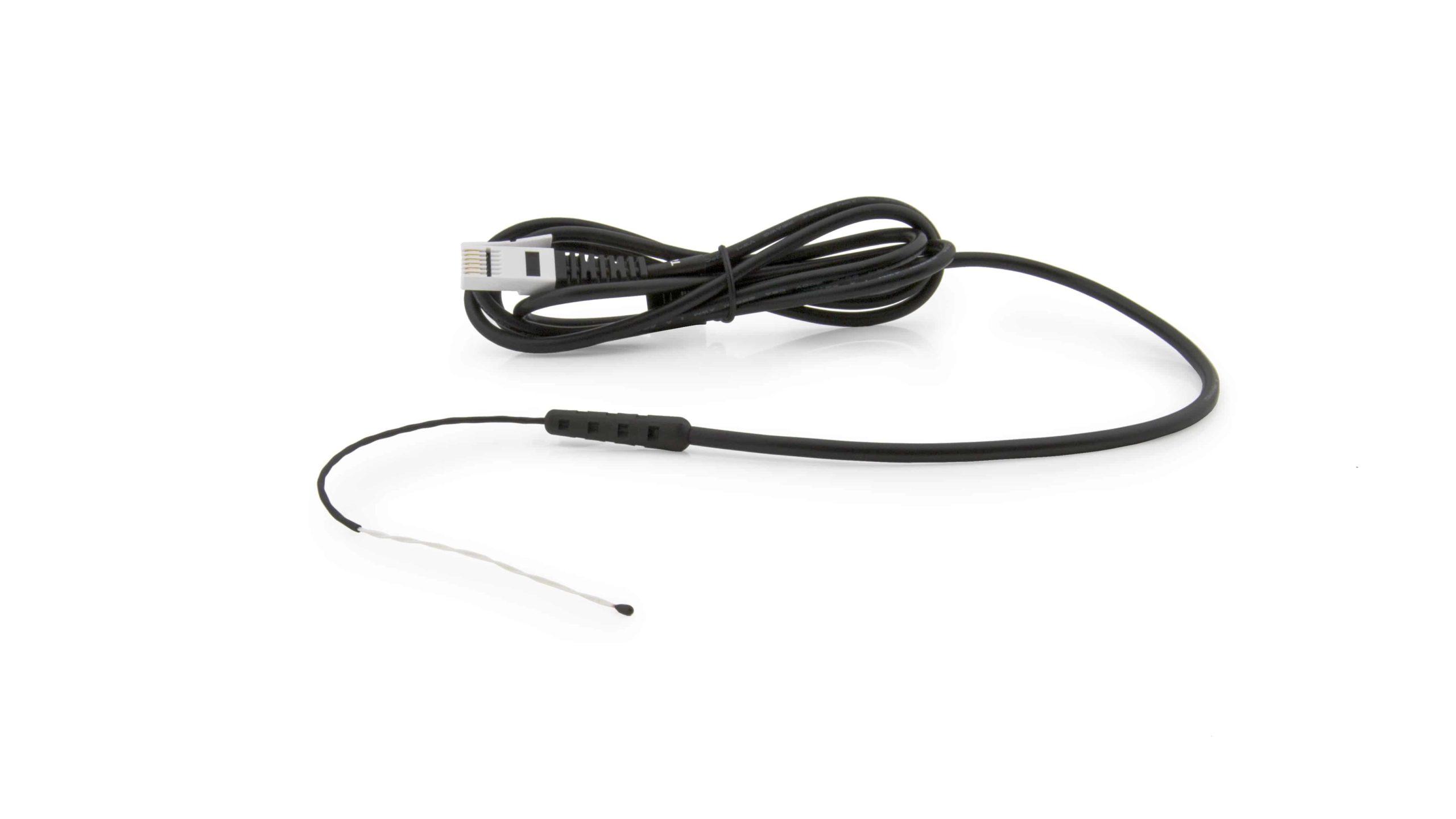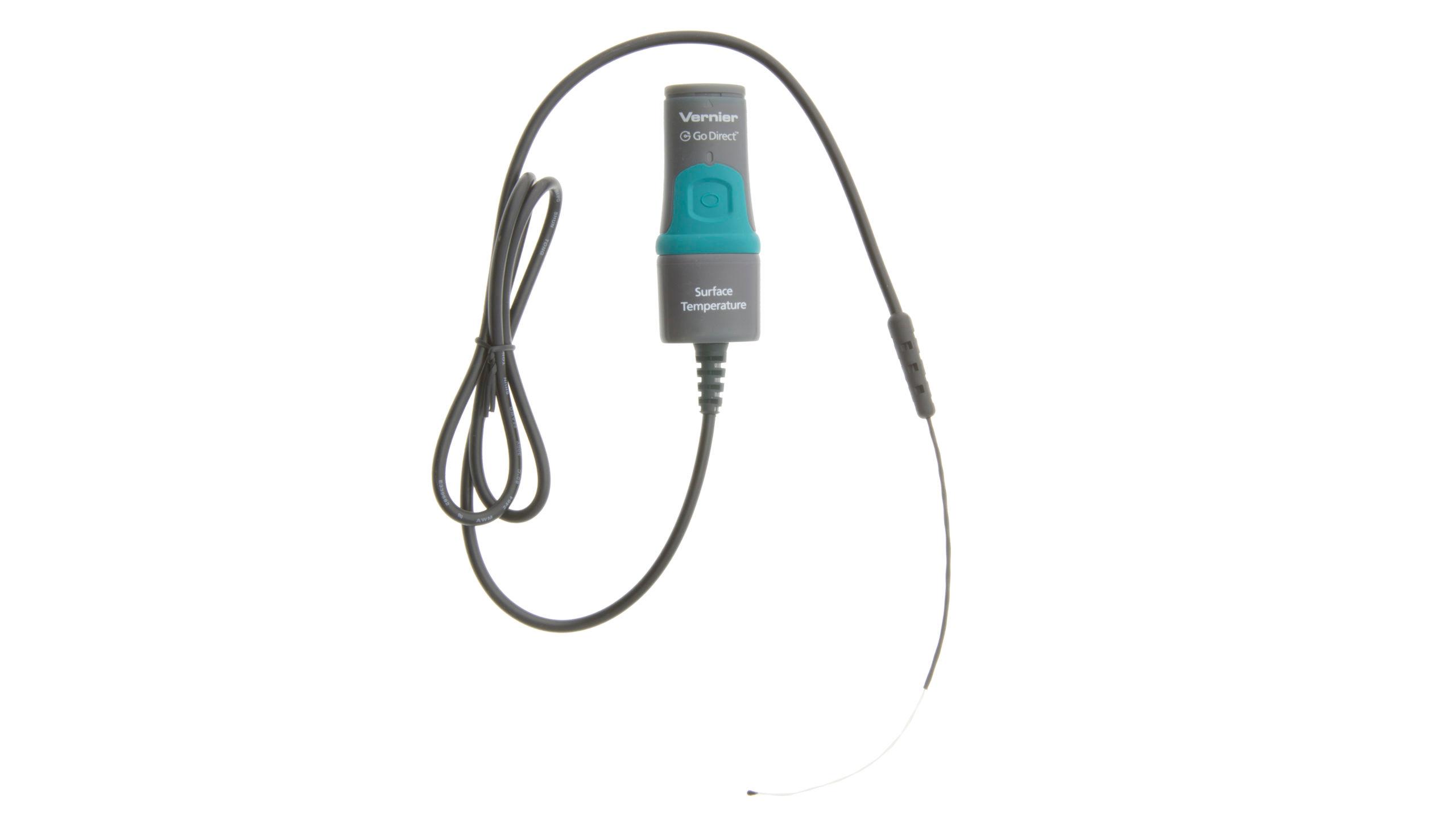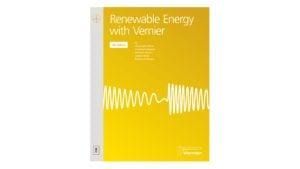Introduction
Solar cookers convert sunlight into thermal energy. They are a low-cost, pollution-free method of food preparation. Under normal conditions, solar cookers can reach temperatures of 80–120°C (175–250°F). Since food cooks at around 80–90°C (175–195°F), solar cookers are hot enough to fully cook food, but not to burn or dry it out.
Globally, solar cookers play an important role. They benefit millions by providing a smoke-free method of cooking that does not rely on wood, charcoal, or other fuels. They provide a means for pasteurizing water during emergencies and disinfecting medical supplies. What other benefits do solar cookers provide?
In this project, you will design a solar cooker that will cook a food item. It needs to fit within the design requirements and restraints. During the project, you will work with your group to design, test, and then optimize the solar cooker design. At the end of the project, you will submit the set of deliverables listed below.
Sensors and Equipment
This experiment features the following sensors and equipment. Additional equipment may be required.
Option 2

Ready to Experiment?
Ask an Expert
Get answers to your questions about how to teach this experiment with our support team.
- Call toll-free: 888-837-6437
- Chat with Us
- Email support@vernier.com
Purchase the Lab Book
This experiment is #26 of Renewable Energy with Vernier. The experiment in the book includes student instructions as well as instructor information for set up, helpful hints, and sample graphs and data.


